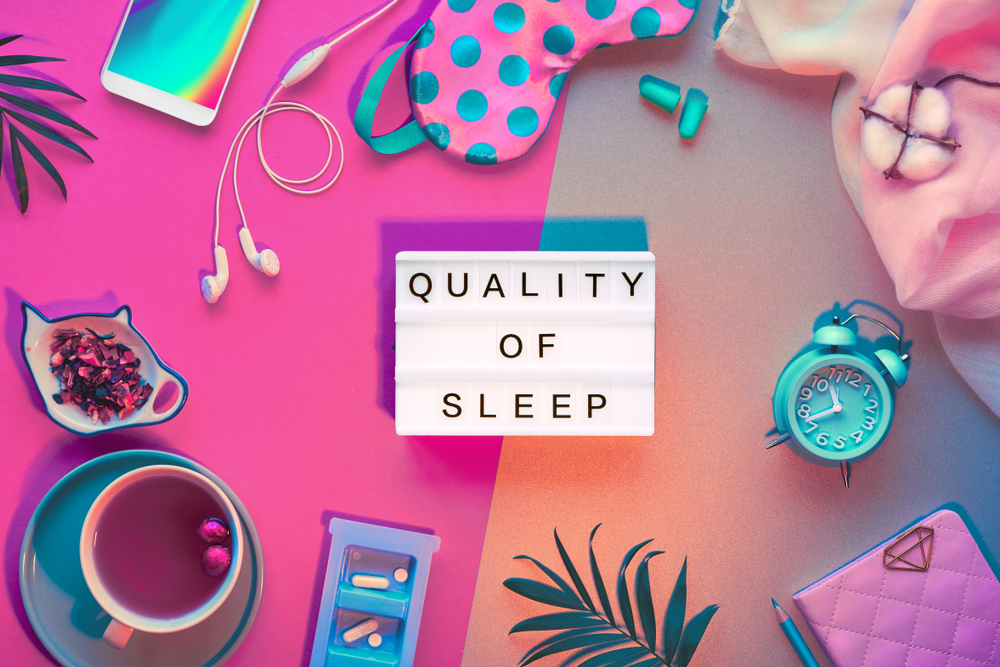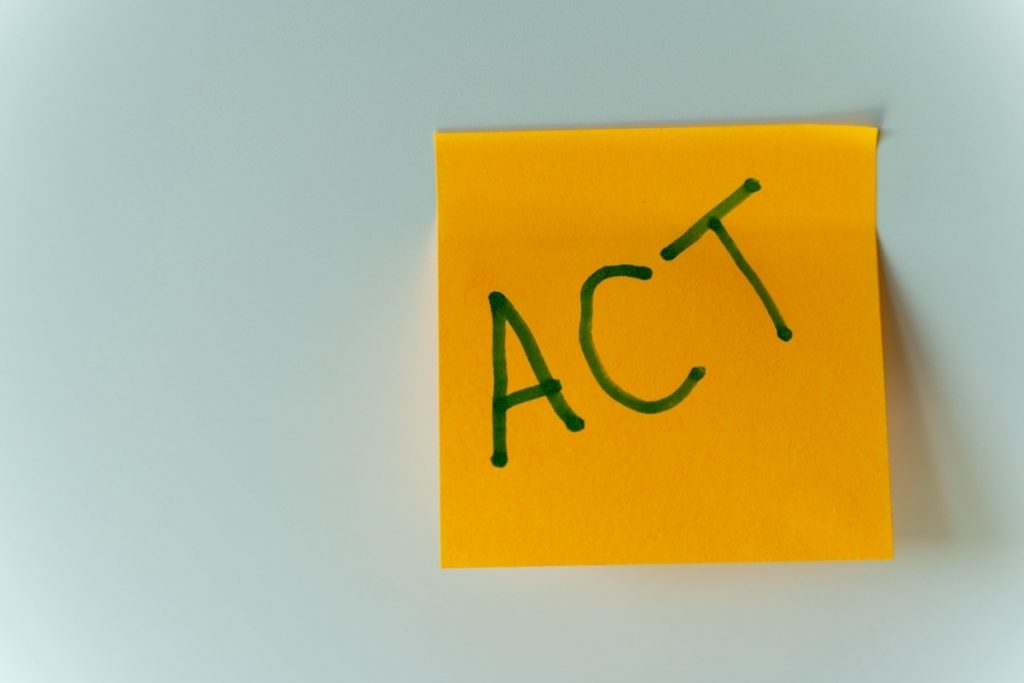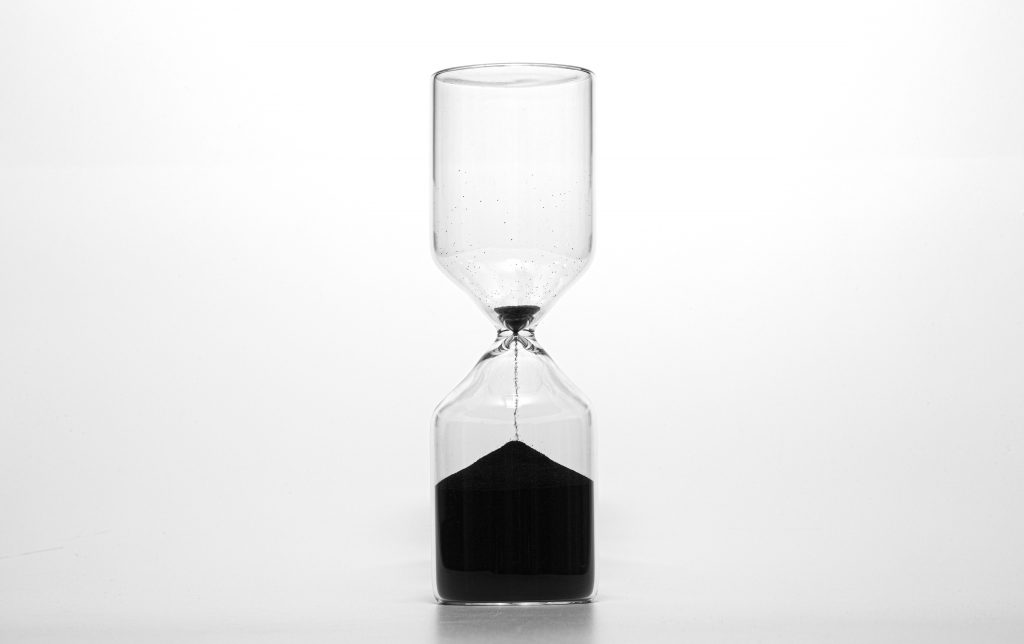
Insomnia is a prevalent situation (affecting 10% of adults, 10-20% in major care samples) whose key options are extended poor sleep, which impacts daytime perform. It’s related to quite a few bodily and psychological well being issues and has a considerable influence on wellbeing. Struggles with sleep are sometimes one of many prime issues sufferers report once they see psychological well being companies.
Choices for treating insomnia embody medicines and psychological interventions. Drugs might be efficient, however are sometimes related to unintended effects like daytime over-sedation and tolerance and might be addictive. Psychological interventions in present tips deal with an tailored type of cognitive behavioural remedy for insomnia (CBTi), which has been tailored and computerised for app-based use.
The core options of CBTi are work on damaging cognitions related to poor sleep (e.g. beliefs that it’s going to not be doable to get to sleep), alongside behavioural interventions (generally often known as stimulus management). These embody having the sleeping setting be as quiet and darkish as doable, solely utilizing the bed room for sleep and intercourse, and avoiding wake-promoting or sleep-disrupting stimuli.
Though CBTi is efficient, it’s not all the time sensible or doable for sufferers to make use of behavioural strategies. For instance, on account of housing circumstances it will not be doable to make sure the bed room is reserved for sleep, or obtain full quiet or darkness.
Given the constraints of medicines for insomnia, clinicians working in lots of settings want various, evidence-based psychological interventions for insomnia.
That is the hole that Rafihi-Ferreira and colleagues got down to fill, by performing a randomised managed trial that compares CBTi with each a ready listing management and Acceptance and Dedication Remedy (ACT) for treating insomnia in a gaggle of grownup sufferers. ACT is a 3rd wave remedy that incorporates components of mindfulness and works on bettering psychological flexibility. It has beforehand been proven to be efficient in treating insomnia (Salari et al 2020).

CBTi is an efficient therapy for insomnia, nonetheless some folks battle with behavioural strategies. Might ACT be the reply?
Strategies
This randomised managed trial in contrast ACT to each CBTi and a management situation. The investigators randomised 227 adults to both to six weekly group-based on-line ACT classes (n = 76), CBTi (n = 76), or a waitlist management situation (n = 75). Contributors have been recruited utilizing ads on their College social media from across the São Paulo space of Brazil. Inclusion standards have been: age 18-59, self-reporting power signs of insomnia with problem in both delayed sleep onset (≥half-hour), elevated waking after sleep onset (≥half-hour), or early waking (waking ≤ 6.5 hours after sleep onset), with period > 3 nights per week, > 3 months period, inflicting daytime difficulties.
Contributors with an unstable or progressive bodily or psychological well being situation have been excluded, together with anybody with a lifetime prognosis of a psychotic or bipolar affective dysfunction, as was anybody with a historical past of sleep issues (e.g. sleep apnoea), substance misuse, and people who have been unable to interact (e.g. on account of an absence of a pc or working shifts that means they may not make the classes).
The first final result measured by the investigators was the Insomnia Severity Index (ISI), and in addition sleep diaries, psychiatric questionnaires and a measure of adherence and satisfaction with the intervention. Contributors accomplished questionnaires at baseline, 2 weeks after the top of their intervention and at a 6-month evaluate.
Outcomes
Of 227 individuals randomised (76 to ACT, 76 to CBTi and 75 to ready listing), 199 accomplished to the top of therapy (66 for ACT, 61 for CBTi and 72 for ready listing), and 191 have been adopted up at 6 months (64 for ACT, 58 for CBTi and 69 for ready listing). Contributors have been largely feminine (76%), with a median age of 40.6 years, 73% white ethnicity and have been effectively educated, with 81.1% having a college diploma (whereas round 12% of the inhabitants of Brazil have tertiary training). There have been no variations in participant traits between the three teams.
The authors discovered that each CBTi and ACT have been simpler in lowering the ISI than a ready listing management, each instantly post-treatment and after 6 months. ACT was discovered to cut back ISI by 7.91 factors after therapy, with an ordinary deviation (SD) of 1.43 factors; CBTi lowered ISI by 10.02 factors (SD 1.74), whereas within the ready listing situation ISI lowered by 3.53 factors (SD 0.67). At 6 months, there have been no important additional adjustments in ISI rating in any therapy group.
In direct comparability, CBTi was simpler than ACT at each the post-treatment and 6 months time-point, however the distinction between remedies was small; post-treatment the distinction between teams had a Cohen’s d worth of 0.26; at 6 months the distinction had a d worth of 0.21. Each of those impact sizes are thought-about small variations. Against this, the efficient measurement of ACT in comparison with ready listing was -0.57 post-treatment and -0.61 at 6 months, which is taken into account a reasonable impact measurement.
The authors additionally calculated different measures together with “remission”: an ISI rating >8. After therapy with ACT, 19% of individuals achieved remission; for CBTi this was 32%, however only one% of ready listing individuals. In direct comparability, CBTi was simpler at inducing remission than ACT post-treatment, however there was no distinction between therapies on the 6-month time-point. Each therapies have been constantly simpler in selling remission than ready listing. The authors argue because of this, that ACT has a delayed helpful impact, as ACT was not statistically inferior to CBTi on the 6-month time level.
The authors discovered related patterns of ends in sleep diary measures e.g., sleep onset latency, waking after sleep onset, sleep effectivity and sleep satisfaction: each ACT and CBTi have been simpler than ready listing. Each therapies have been additionally efficient in lowering measures of despair and bettering psychological flexibility and acceptance. Each CBTi and ACT scored extremely, and equally, for measures of participant understanding, motivation, satisfaction, and for recommending to others. Contributors reported being extra prone to have utterly adopted the intervention program suggestions for CBTi in comparison with ACT (57% for CBTi, 38% for ACT).

This trial discovered that CBTi and ACT have been helpful for sleep high quality and satisfaction, signs of despair, psychological flexibility and acceptance.
Conclusions
The authors concluded:
Our outcomes add to the substantial current proof that CBT is an efficient therapy for insomnia, even when carried out in a gaggle or in a web-based format. A further contribution of this research is that ACT used singly, that’s, with out stimulus management and sleep restriction strategies, can be efficient for insomnia… Each therapy teams improved considerably, with giant impact sizes for the first final result, insomnia severity. The outcomes have been maintained at follow-up with giant impact sizes… A comparability between therapies confirmed that CBT-I confirmed higher outcomes than ACT-I in lowering ISI scores however with small impact sizes.

The authors said: “A comparability between therapies confirmed that CBT-I confirmed higher outcomes than ACT-I in lowering insomnia”.
Strengths and limitations
Strengths
This research advantages from clearly said targets, is effectively written and the authors seem to have used strong strategies within the design and evaluation. They make cheap and measured conclusions which are supported by the outcomes introduced. The authors present clear details about all individuals and account for his or her movement via the research. They used an acceptable randomisation technique, stratifying by insomnia severity index, and teams have been effectively balanced. They used an intention-to-treat evaluation technique, which analyses all individuals within the teams they have been assigned to, and used an evaluation method (combined fashions) which allowed them to account for lacking knowledge.
The research included clinically helpful methods of measuring the influence of the therapy, together with each quantitative and qualitative scales. The principle findings, that ACT can cut back ISI, had a “reasonable” impact measurement, with fairly small commonplace deviations (suggesting consistency results throughout individuals), indicating doubtlessly significant medical applicability.
A key energy of this research is the lengthy follow-up interval (6 months) which permits readers to see that therapy results seem like sustained. The authors additionally managed to follow-up a superb proportion of individuals (76% of CBTi and 84% of ACT teams) to six months, additional strengthening the validity of their longitudinal findings.
Offering a group-based remedy on-line can be virtually helpful as many psychological well being companies present interventions via digital means, and given useful resource constraints a 6 session intervention is prone to be extra achievable than longer therapies. Subsequently, the format used within the research aligns effectively with actual life follow.
Limitations
This research has quite a few limitations to think about when decoding its conclusions. As with all psychological intervention research, each the individuals and therapists have been inevitably not blinded to their therapy group and the ready listing group had fewer medical contacts than the intervention teams. This might induce stronger “placebo” responses in individuals who know they’re within the lively remedy teams, in comparison with individuals who know they’re on a ready listing.
The inclusion of a ready listing management is useful in offering proof that ACT is healthier than doing nothing for sufferers. Nevertheless, given we have already got an proof base for the effectiveness of CBTi, and the core goal of this research being the comparability between CBTi and ACT, I ponder if it will have been higher to make the research a direct comparability of CBTi and ACT with the total research pattern. This may have elevated the statistical energy of the research to find out if ACT or CBTi considerably differed in effectiveness. This may have additionally meant the individuals within the ready listing group would have been capable of entry some remedy for insomnia.
One of many exclusion standards for the research was if individuals had a serious psychological well being situation. Whereas that is comprehensible for the needs of this particular research query, it additionally limits the applying of the research findings to psychological well being companies, who will probably be treating shoppers who’ve been given such diagnoses.

A key energy of this research is the lengthy 6-months follow-up interval which permits readers to see that therapy results for insomnia seem like sustained.
Implications for follow
This research gives a helpful addition to our understanding of psychological interventions for insomnia as a result of it reveals one other type of speaking remedy – ACT – is a viable choice for treating insomnia, offering a substitute for CBTi. Because the authors counsel, some sufferers do very a lot battle with the behavioural strategies in CBTi, so having an alternate psychological choice is theoretically very helpful. The authors demonstrating the effectiveness of therapy delivered by web in a gaggle setting can be very helpful because it suggests a much less resource-intense intervention might be efficient.
Pragmatically, my warning in regards to the usefulness of this discovering, nonetheless, is that I’m not clear whether or not there may be an extra pool of ACT therapists obtainable to tackle the duty of offering this remedy, particularly in healthcare programs with restricted assets and lengthy ready lists.
It might maybe be extra sensible for current therapists or psychological well being professionals, who ceaselessly work with sufferers experiencing insomnia alongside different psychological well being considerations (e.g. psychological well being nurses, social staff, occupational therapists or psychiatrists in neighborhood psychological well being groups) to include among the components of ACT into the repertoire of interventions they supply. With the ability to provide various choices to sufferers who battle with the behavioural strategies in CBTi may assist enhance choices for insomnia therapy.
This research additionally contributes to the literature that means therapy for insomnia, together with CBTi, and now ACT, can enhance basic psychological measures like flexibility, and enhance temper signs. This could encourage basic psychological well being practitioners to investigate about sleep and provide interventions about sleep for his or her shoppers. This may enhance therapeutic engagement and hope that issues can get higher.

Clinicians might incorporate ACT strategies to help sufferers with insomnia and supply built-in and evidence-based interventions.
Assertion of pursuits
I’ve no private or skilled hyperlink to this research or its authors.
Hyperlinks
Major paper
El Rafihi-Ferreira R, Hasan R, Toscanini AC, Linares IMP, Suzuki Borges D, Brasil IP, Carmo M, Lotufo Neto F, Morin C. (2024) Acceptance and dedication remedy versus cognitive behavioral remedy for insomnia: A randomized managed trial. J Seek the advice of Clin Psychol. 2024 10.1037/ccp0000881
Different references
Salari N, Khazaie H, Hosseinian-Far A, Khaledi-Paveh B, Ghasemi H, Mohammadi M, Shohaimi S. The impact of acceptance and dedication remedy on insomnia and sleep high quality: A scientific evaluate. BMC Neurol. 2020 Aug 13;20(1):300. doi: 10.1186/s12883-020-01883-1


